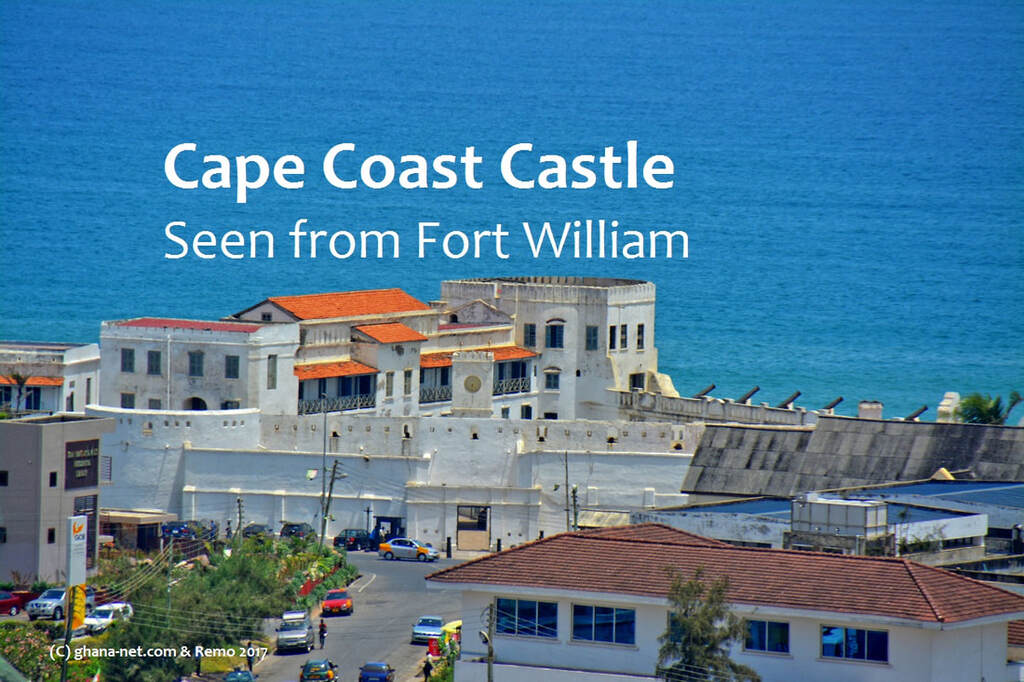Fort Victoria is a historic military structure located in Cape Coast, Ghana. Originally constructed in 1821 on the site of an earlier fort, it was first known as Phipps Tower, named in honor of Governor James Phipps, a British colonial administrator on the Gold Coast. The structure was later renamed Fort Victoria to pay tribute to Queen Victoria of Great Britain, reflecting the growing influence of the British Empire during the 19th century.
Situated in the western part of Cape Coast Township, Fort Victoria was strategically built as a watchtower and signaling post, offering wide visibility across the surrounding area, including the Atlantic Ocean. Its primary purpose was to detect and fend off potential coastal attacks—whether from rival European powers, local resistance groups, or pirate vessels—and to send signals between British installations. The fort worked in conjunction with other nearby military posts, most notably Fort William, with which it maintained direct visual contact due to their close proximity.
Fort Victoria was part of a broader network of European-built forts and castles along the coast of West Africa. These structures played crucial roles in colonial trade, military defense, and administration during the era of European expansion and imperialism, particularly in the transatlantic slave trade. In recognition of their historical significance and architectural legacy, Fort Victoria and its neighboring forts and castles—including Cape Coast Castle and Elmina Castle—were inscribed on the UNESCO World Heritage List in 1979. This designation acknowledges the region’s critical role in global history, especially in relation to European colonization and the Atlantic slave trade.
